Entry Rules Of Selling Put
Options Investing Hub ⮞ Selling Put Options ⮞ Entry Rules Of Selling Put
6 RESOURCES
⮞ Introduction
⮞ Pros & Cons Of Sell Put
⮞ What Stocks To Sell Put Options
⮞ Entry Rules Of Selling Put
⮞ Strike Price & Expiry Date Selection
⮞ What To Do If Sell Put is Exercised
Entry Rules Of Selling Put
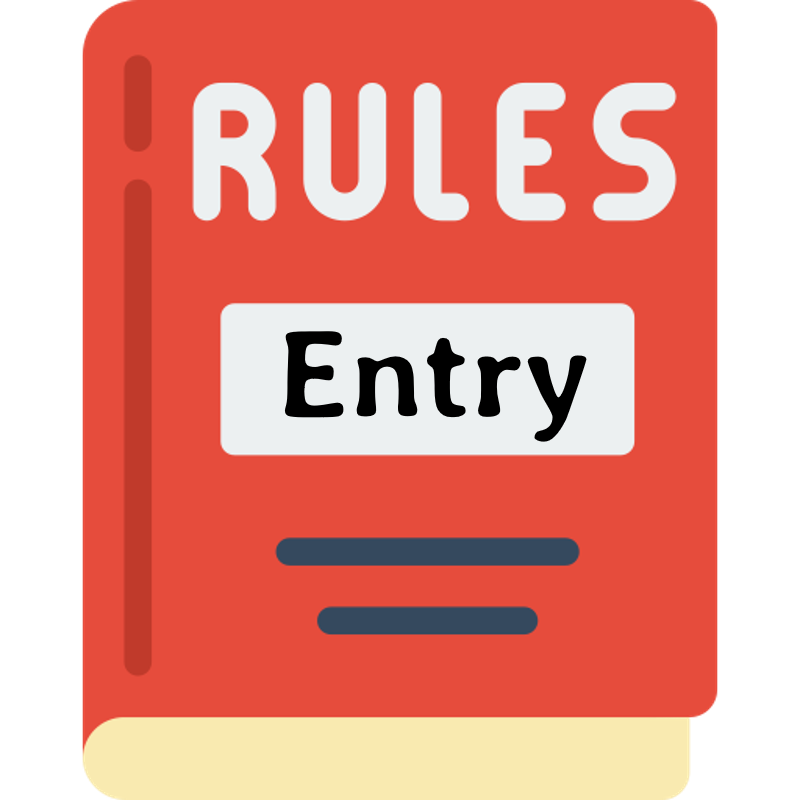
When we sell a put option, we have to follow these entry rules:
- Fundamentally Good Stock
- Strike Price is at or below our entry price with 2% R.O.P
- Portfolio Sizing
- Stock is highly optionable (i.e. have weekly options)
The main benefit of the sell put strategy is to be able to collect option premium while waiting for the stock to become undervalued.
However, we must follow four rules when we execute the sell put strategy.
I have many people who are blinded by premium, and they end up violating these rules, and they end up losing a lot of money.
Some of them even lost close to half of their entire portfolio.
So never be blinded by premium collection.
Now, let's go through each rule in further details.
Fundamentally Good Stock
This topic is covered in depth in the Stock Investing Hub.
In short, we want to own quality companies that are making consistent and increasing earnings.
These stocks have to pass the 8-Point checklist, and are stocks that are within our circle of competence (i.e. we understand the business).
This is the reason why it is so important to learn about stock investing first, before considering to learn options.
Options are derivatives of stocks - so if you have no clue how to invest in stocks, you shouldn't even be touching options in the first place.
Many people make the mistake of selling put options on poor quality stocks that they don't really want to own.
In short, they are promising to buy 100 shares of these poor quality companies.
You might be thinking, why would anyone do that?
Well, the answer is that they are blinded by option premiums.
At this stage, I want to introduce this concept called rate of option premium return. Let's call it R.O.P for short.

I want to give an example, to make sure you understand this concept.
Example 1:
Gin sold a put option on Stock XYZ at a strike price of $150. In return, he received an option premium of $2. The option expires in 30 days.
This means that he promising to buy $15,000 worth of shares, and in return he received $200 in option premium.
What is the rate of option premium return in this trade?
Ans: R.O.P = $2 / $150 = 1.33%
So how do people get burnt using options?
It is when they chase these option premiums returns and do not care about the fundamentals of the stock.
As investors, we only want to promise to buy shares of quality companies.
Example 2:
Gin was deciding to sell a put option between two stocks, ABC and DEF.
Stock ABC passes the 8-Point Checklist and gives a R.O.P of 1.5% for a 30 days option.
Stock DEF fails the 8-Point Checklist, but gives a R.O.P of 8% for an option with same date of expiry.
Based on the information above, which stock is better for the sell put strategy?
Ans:
Well, it will be stock ABC. The reason is simple - it passes the 8-Point checklist while stock DEF did not pass the checklist.
Remember, I don't care how much R.O.P an option gives - we never sell put options on poor quality stocks.
Think of selling put options like selling medical insurance.
Will you choose to sell insurance to a sick person or a healthy person?
I have seen too many cases, where people were just blindly chasing option premiums and end up getting burnt, which is why I always follow the rules strictly.
Only Sell Put Option At Strike Prices
You Want To Own
This is the second rule for the stock you can sell put options on.
Only sell a put option at strike prices that you want to own.
For example, if you have calculated stock ABC's entry price to be $45 - and the current price is at $50.
Then, in that case, you could sell a put option to promise to buy the shares at $45 and collect option premium.
Here's an example
Example 3:
Gin calculated the entry price of stock ABC to be $60. The current share price is at $65. Which strike price should he sell the option premium at?
a. $65
b. $60
c. $58
Ans: Gin can sell the put option at $60 since this is the entry price that he calculated. In fact, he could also sell a put option at $58 since it is also below the entry price.
The selection of strike price will be discussed in greater detail in the next section on strike price selection.
This is why it is important to know the entry price of the stocks you want to own.
The entry price of the stock is calculated based on the valuation of the stock.
This is covered in the Stock Investing Hub as well, under the section of "Stock Valuation".
When we sell a put option, we want to aim for at least a 2% on the selected strike price with a monthly expiry.
The selection of strike price and expiry will be explained in greater detail in the next section.
Now, to test your understanding, here's an example.
Example 4:
Gin calculated the entry price of stock DEF to be $32.
He decides to sell a put option on stock DEF at a strike price of $32. What is the option premium that he should aim to get, following the 2% rule?
Ans: 2% X $32 = $0.64 - in other words, he should aim to collect at least $64 in option premium for the strike price of $32.
Don't Compromise Your Portfolio
It should be familiar to you by now that when you sell a put option, you are promising to buy 100 shares of the stock at the selected strike price.
This means that when you sell a put option at a strike price of $52, you are promising to buy $5,200 worth of shares.
So what do I mean by - don't compromise your portfolio?
Well, assuming that you only have $7000 of capital - if you were to sell a put option on stock XYZ with a strike price of $52, and the option gets exercised, effectively, $5200 of your capital will be invested into stock XYZ.
That would be close to 74% of the portfolio concentrated into a single stock - which is probably something I won't be comfortable with - no matter how great the stock is.
Here's a guideline for portfolio diversification:
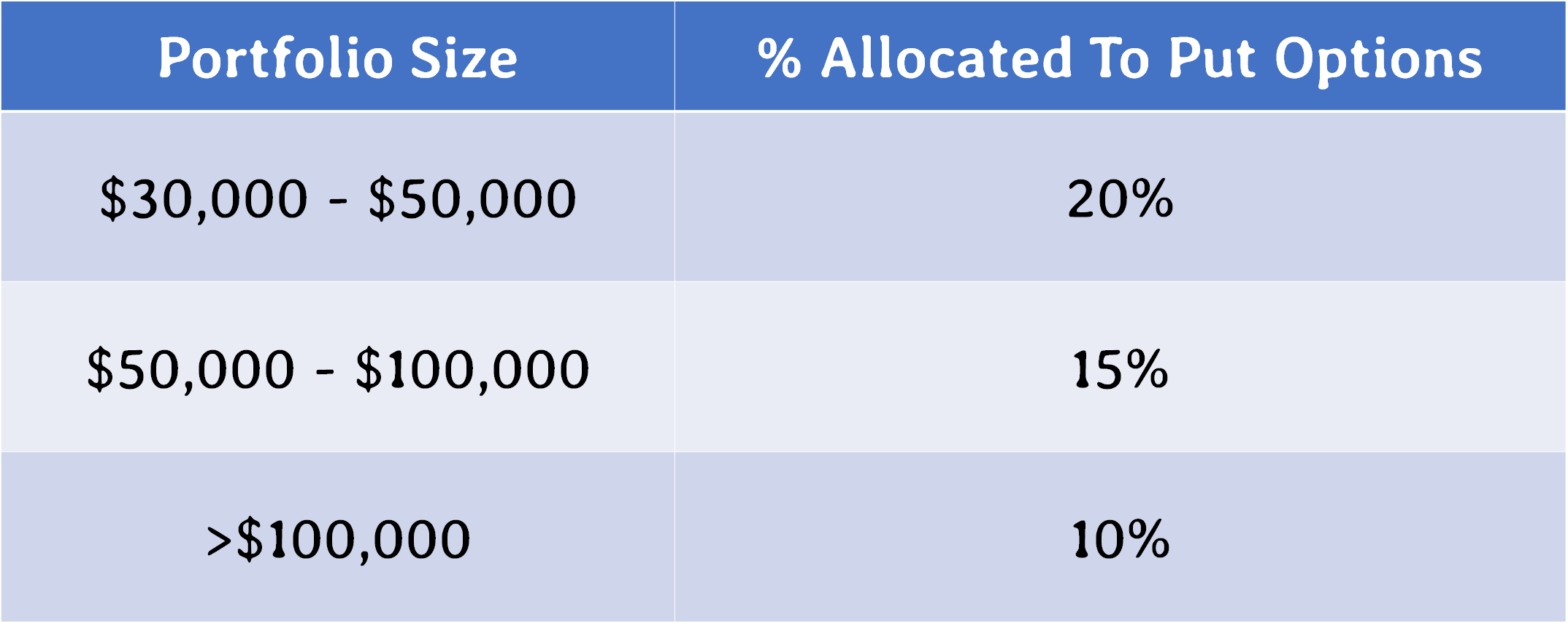
This means that if I had a portfolio of $30,000, the maximum strike price of put option that I can sell is only $60.
Here are more examples for your practice.
4. Highly Optionable
It would be more favorable to sell put options on stocks that are highly optionable.
So what does highly optionable means?
Highly optionable stocks usually have weekly options.
You see, typically, options have monthly expiration options, that expires on the third Friday of every month.
However, there are some stocks, due to high trading volume, have weekly options as well.
Take Facebook for example.
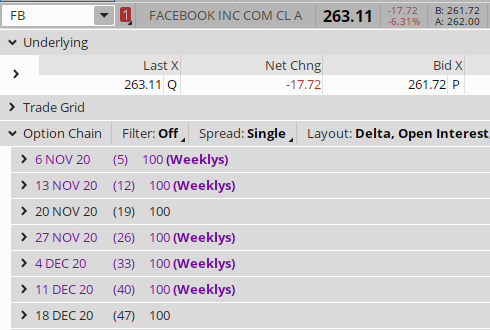
You see that the dates is purple - are weekly options.
This is as compared to other stocks, which do not have weekly options such as FIZZ.
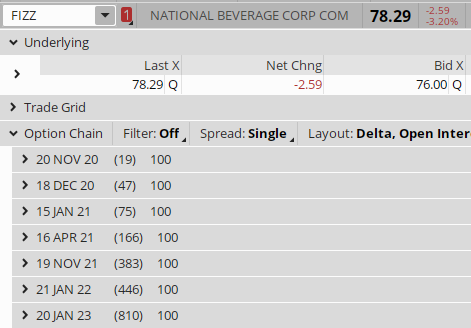
Now, the reason why we want to sell put options on stocks that are highly optionable is to give us the opportunities for "milking".
Let me explain further - you see, this is the framework for value investing.
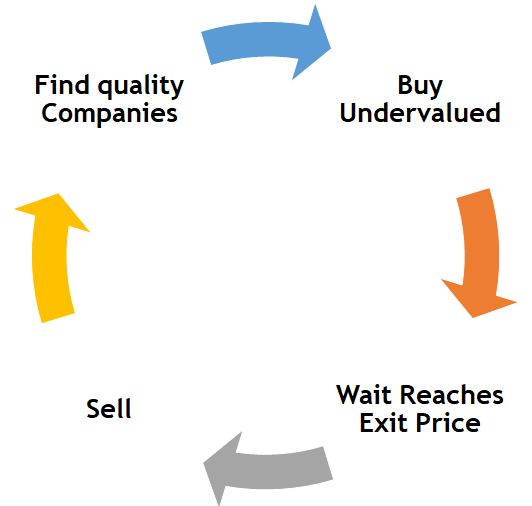
So when our put option gets exercised (i.e. we bought 100 shares) - we effectively bought the shares undervalued.
The next step - is to wait for it to reach exit price.
This is the waiting time that most people struggle with.
This is where "milking" comes into play.
When we get 100 shares, we can choose to sell call options and collect cash flow while waiting for the stock to reach our exit price.
And with a highly optionable stock, it gives us more milking opportunities as there are weekly options to choose our "milking" trades.
I will go deeper into details at the last section of this chapter about "milking".
For now, let's go through a short quiz to test your understanding, before we proceed to the selection of strike price and expiry date for our sell put options.
Quiz Time
Note: One of the biggest reasons why the options hub was built as there were too many people who get burnt because of the lack of knowledge of how options works and its risks involved. This resource hub aims to equip beginner investors with the knowledge of options and how they can manage their risks when investing with options.



